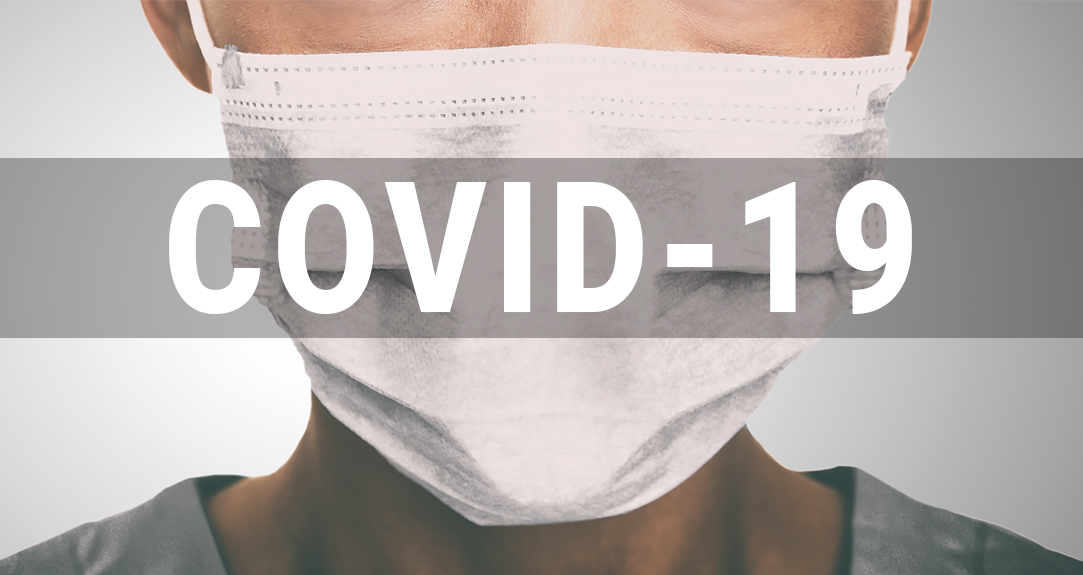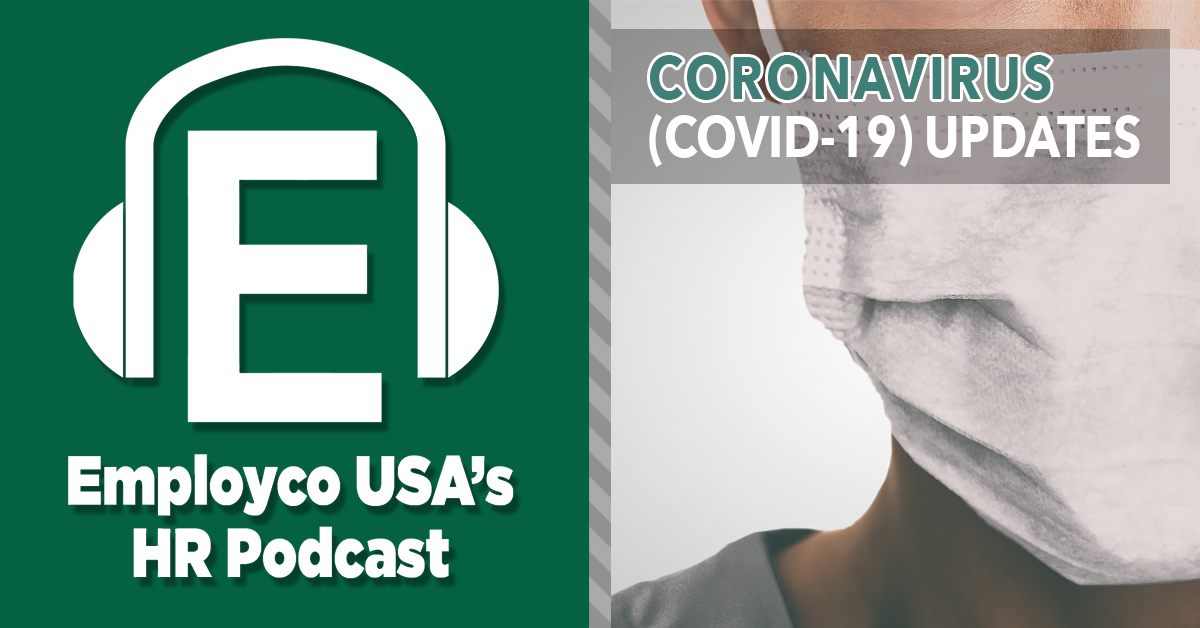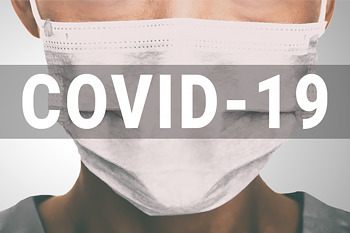
BULLETIN
March 28, 2020 (UPDATE)

President Donald Trump has signed the third and largest COVID-19 piece of legislation. The following bullet points summarize the key provisions of the Act.
Coronavirus Aid, Relief and Economic Security Act (CARES Act)
- Expanded Unemployment Benefits
-
- The federal government will provide an additional $600 per week in unemployment benefits – this is on top of what the state will provide to the person in regular weekly unemployment benefits.
-
- Example: A laid off worker in Illinois who was earning $577 per week in wages, would normally have been eligible for $272 in weekly unemployment benefits. With the $600 in additional unemployment benefits under the CARES Act, the unemployment benefits could increase to $872 per week.
- Payroll Protection Loans
-
- Companies with less than 500 employees may be eligible to receive a forgivable loan.
-
- Loan maximum is lesser of (1) average monthly payroll costs during the prior year x 2.5; or (2) $10 million.
-
- Payments under this program exclude sick leave payments made as part of the FFCRA.
- Direct Payments to Individuals
-
- $1,200 for most adults earning less than $75,000 per year (or $2,400 combined for married couples earning less than $150,000).
-
- $500 per child.
-
- Potential smaller checks for individuals earning between $75,000 and $99,000; and couples earning between $150,000 and $198,000.
- Employee Retention Tax Credit
-
- Refundable payroll tax credit for 50% of the wages on the first $10,000 of compensation.
-
- This tax credit is not available to employers that receive the “paycheck protection” loans.
-
- Available to employers whose:
-
-
- Operations were fully or partially suspended due to a COVID-19 related “shut-down order,” or
-
-
-
- Gross receipts declined by more than 50% when compared to the same quarter in the previous year.
-

 With work stoppages and shelter-in-place ordinances being instituted across the country, employers have several pressing human resources issues to consider. Rob Wilson, employment expert and President of Employco USA, comments on HR concerns that have arisen as a result of the unprecedented coronavirus pandemic.
With work stoppages and shelter-in-place ordinances being instituted across the country, employers have several pressing human resources issues to consider. Rob Wilson, employment expert and President of Employco USA, comments on HR concerns that have arisen as a result of the unprecedented coronavirus pandemic.